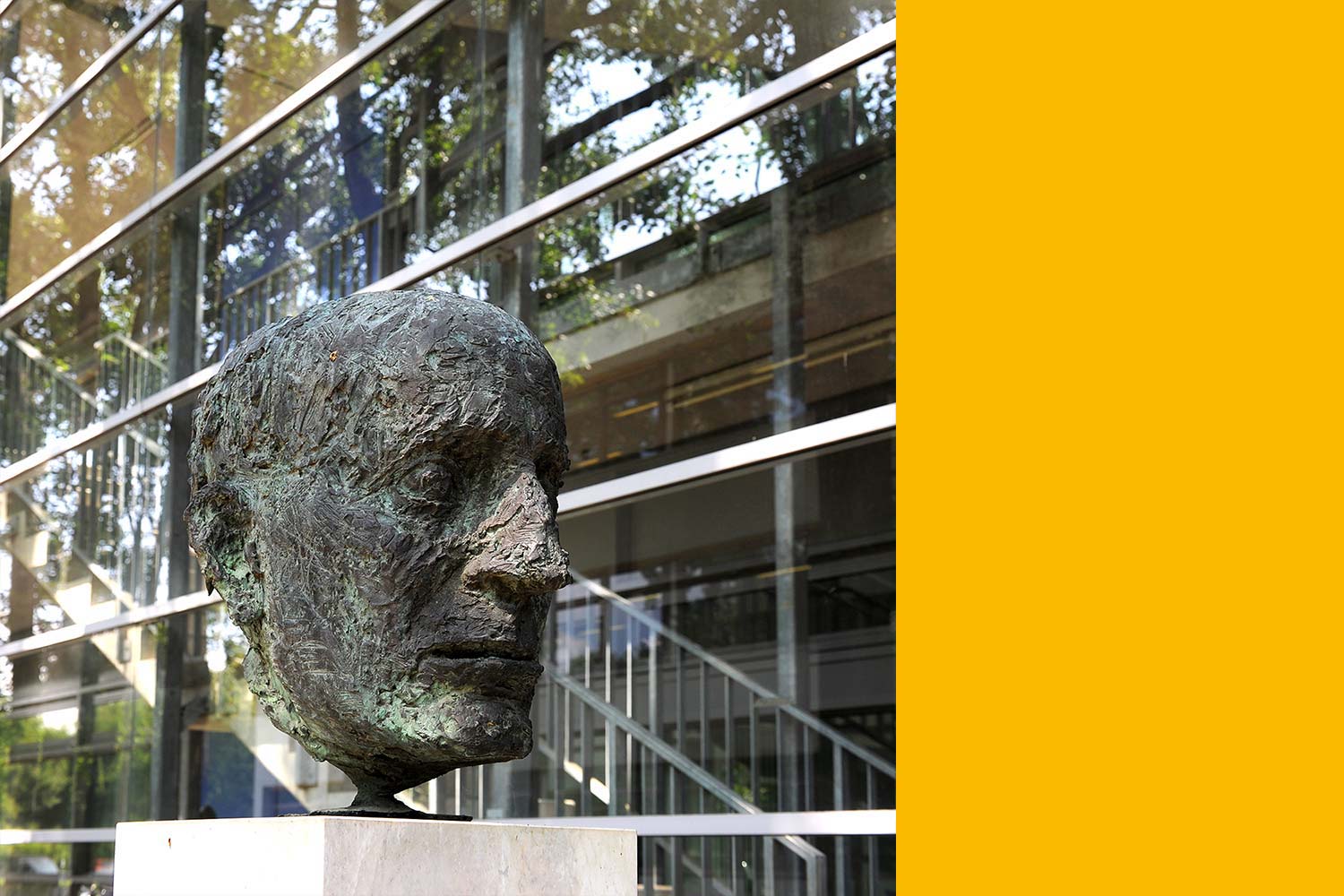3Karl Lohmann
April 10, 1898 in Bielefeld –
April 22, 1978 in Berlin-Buch

Karl Lohmann was a biochemist and physician. He discovered that all terrestrial organisms draw on a store of energy in the form of adenosine triphosphate (ATP). He also described the ”Lohmann reaction“, named after him, which refers to the formation of ATP through the reversible transfer of a phosphate group to adenosine diphosphate (ADP).
Lohmann studied chemistry, first in Münster and later in Göttingen, where he received his doctorate in 1924. Between 1924 and 1937 he worked as an employee of Nobel Prize winner Otto Meyerhof at the Kaiser Wilhelm Institute for Biology in Berlin-Dahlem and the KWI for Medical Research in Heidelberg. It was during this period, in 1929, that he discovered ATP. In 1931, Lohmann began studying medicine in Heidelberg, and in 1935 he received his doctorate. In 1937 the Friedrich-Wilhelms-University Berlin appointed him Professor of Physiological Chemistry and Director of the Physiological-Chemical Institute, a position he retained until 1952. In 1947, Lohmann was appointed as a member of the founding board of trustees of the Institute for Medicine and Biology of the German Academy of Sciences in Berlin-Buch. He also temporarily took over the management of the newly founded institute. Between 1951 and 1961, he headed the biochemistry department. This developed into the Institute for Biochemistry, whose director he remained until his retirement in 1964. From 1957 to 1964 he served as President of the Institute for Nutrition in Potsdam-Rehbrücke. Lohmann died in 1978 and is buried in the protestant cemetery at the Schlosskirche in Berlin-Buch.
In addition to his discoveries on the processes and sequence of reactions by which cells derive energy, Lohmann also described a number of intermediate products and enzymes in the glycolysis chain, such as aldolase, partly in collaboration with Otto Meyerhof. Another of his accomplishments was to describe the action of vitamin B1.
Sabina Grzimek, Bronze, 1998